How these tech leaders see the future of tech
What’s next in innovation? Where will the big advances come from? We asked three leaders in their fields to identify the breakthroughs on the horizon for The List: Top 100 Innovators 2024

Business
Don't miss out on the headlines from Business. Followed categories will be added to My News.
CRAIG SCROGGIE
CEO, NEXTDC
Artificial intelligence is no longer a distant dream – it’s the driving force of the Fourth Industrial Revolution. As AI systems such as OpenAI’s ChatGPT learn and evolve at rates far beyond human capability, they’re not just transforming industries, they’re also pushing the boundaries of what has previously been possible. These technologies are accelerating innovation and creating opportunities once unimaginable. Peter Diamandis, a self-described entrepreneur and futurist, encapsulates this transformation.
“We will experience more change this coming decade than in the entire past century,” he predicts. “Converging technologies like AI, robotics, AR/VR, quantum computing and biotech are reinventing every industry and business model.”

AI is revolutionising sectors such as healthcare with predictive diagnostics, and enabling global collaboration through augmented reality. AI-powered robots, such as Tesla’s Optimus and Figure’s collaboration with OpenAI, Figure 02, are capable of handling dangerous, repetitive tasks in manufacturing and logistics to make work safer and more efficient.
These are not mere advancements – they represent a paradigm shift in how we live and work.
DATA, DATA, DATA
As AI continues to evolve, it intersects with other emerging technologies, driving exponential growth across industries. Data centres, once hotels for computers, are transforming into AI factories where data goes in and valuable insight and knowledge comes out. Nvidia CEO Jensen Huang points to the scale of this transformation: “There’s about a trillion dollars’ worth of installed data centres, and over the next four or five years, we’ll see $2 trillion worth of AI factories.”
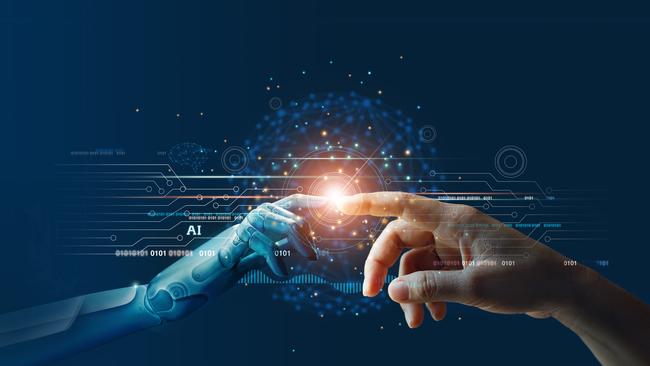
Sam Altman, CEO of OpenAI, highlights a new global priority: “Compute is going to be the currency of the future.” As AI gains prominence, industries are increasing their reliance on computing power, sparking a major global investment cycle.
According to Goldman Sachs, AI is forecast to drive $US200bn ($300bn) in annual global capital expenditure on digital infrastructure by 2025. Meta CEO Mark Zuckerberg echoed this sentiment, stating: “I’d rather risk building capacity before it is needed, given the long lead times for spinning up new infrastructure.” This sentiment underscores the aggressive push on digital infrastructure. This AI era is a global arms race, and the biggest technology companies in the world are not going to be left behind. Cloud computing also remains pivotal in this ecosystem. Research and advisory firm Gartner projected global public cloud spending would reach $US675.4bn ($1001bn) this year, reflecting the surge in reliance on cloud-native technologies.
THE REAL-ESTATE REVOLUTION
The future of work is also transforming. The traditional office, once the core of professional life, is being reimagined, accelerated by the Covid-19 pandemic. Remote and hybrid work models are becoming standard, driven by AR tools such as Apple’s Vision Pro. As these technologies become more affordable, they’ll enable teams to collaborate as if they were in the same room, regardless of location.
This trend is reshaping commercial real estate. Management consultant McKinsey predicts remote work could reduce office values by up to $US800bn ($1186bn). The new normal emphasises flexible, tech-enabled environments centred on collaboration over individual workstations. This trend, sparked by platforms such as Zoom during the pandemic, has since evolved into integrated tools, including Microsoft Teams, that serve as essential hubs for real-time communication and teamwork in modern business operations.
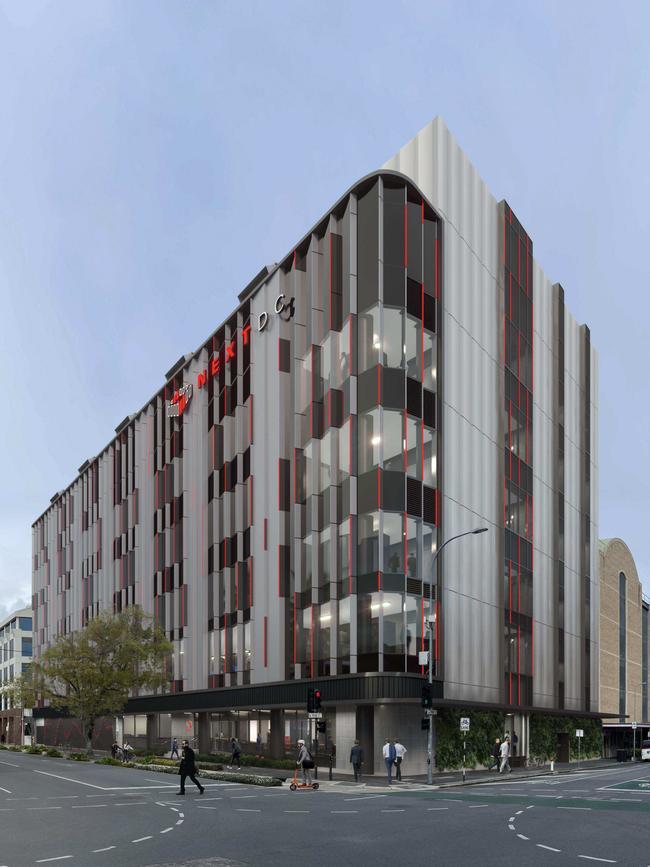
In this emerging landscape, “knowledge work” will be less about location than task orientation. Virtual environments will become as vital as physical offices once were. This shift requires new skills – managing remote teams, leveraging digital tools, and maintaining company culture in decentralised settings. According to CSIRO, Australia alone will need 161,000 AI workers by 2030, signalling a global surge in demand for tech talent.
THE NUCLEAR OPTION
With technology’s rapid evolution comes the growing need for energy and an accelerated push for cleaner sources. However, renewables alone won’t meet the rising demand for reliable, consistent power. Advanced nuclear technologies, including small modular reactors (SMRs), have the potential to fill this gap. Unlike traditional nuclear power, SMRs are designed to be safer, more efficient, faster to build, and less costly to operate. These reactors offer reliable baseload energy, critical for balancing the intermittent nature of renewables, and are essential in meeting global energy needs while working towards net-zero emission targets.
Submarine cables and satellite constellations are the unsung heroes of global connectivity. These infrastructures enable seamless data exchange across continents and are crucial to the world’s increasing demand for real-time communication. Elon Musk’s SpaceX and its Starlink satellite constellation are working to bridge the digital divide by providing high-speed internet to remote and under-served regions. This innovation will have profound implications, from enhancing global education to enabling remote healthcare services in previously inaccessible areas.
CYBER SECURITY
In a world dominated by the internet of Things (IoT), AI and cloud computing, cyber security has never been more critical. The world lost $US255,000 ($333,550) every second to cyberattacks in 2023, with more than 350 million people impacted by data breaches.
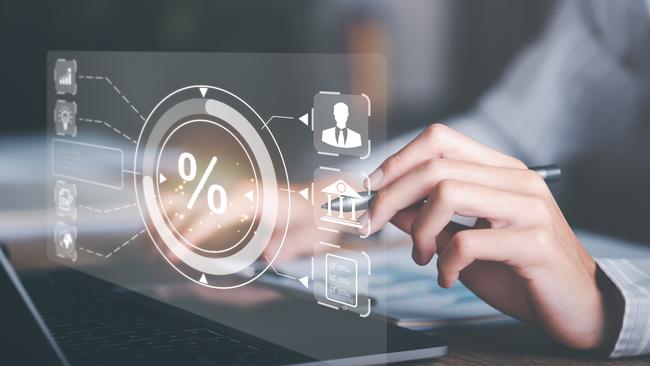
Blockchain technology offers potential solutions for enhancing trust and transparency, but cyber security is not just a technical challenge – it also hinges on human factors. Social engineering, where individuals are tricked into sharing personal information, remains a significant vulnerability. Addressing these threats requires a comprehensive approach, integrating education, regulation and cross-industry collaboration.
VISIONARIES INC.
Visionaries including Peter Diamandis, Jensen Huang, Elon Musk and author, inventor and futurist Ray Kurzweil all agree: we are standing on the brink of a technological revolution that will redefine every aspect of life. The CSIRO predicts digital technologies will contribute $315bn to the Australian economy by 2028, illustrating the economic potential.
Kurzweil’s latest book, The Singularity is Nearer, offers a fascinating look into a future where AI, biotechnology and nanotechnology converge to create possibilities beyond our imagination. As we step into this new era, the question isn’t whether you’ll be part of the change, but how you’ll shape it. The Fourth Industrial Revolution is here, and the future is coming faster than you think. The stakes are high, the opportunities vast.
SARAH CARNEY
NATIONAL CHIEF TECHNOLOGY OFFICER,
MICROSOFT AUSTRALIA AND NEW ZEALAND
The conversation around artificial intelligence often centres on its potential to boost productivity by expanding our capacity to achieve more in less time. While productivity gains and automating mundane tasks can have an impact on individuals and organisations, what’s often overlooked are the unexpected benefits of AI – the opportunities to redefine how we work and live in ways we’re only beginning to understand.
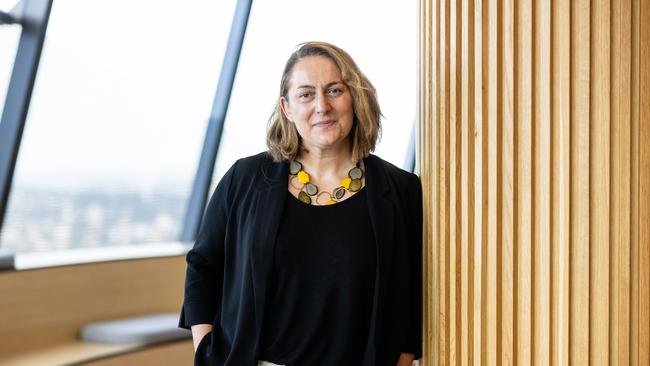
AI IN THE OFFICE
The first unexpected benefit is the impact AI is having on accessibility and inclusion. AI-powered tools are breaking down barriers, making it easier for everyone to participate fully in the workforce. From neurodiverse team members who can now stay “in flow” for longer to those for whom English is a second language, generative AI is opening previously closed doors to allow more people to contribute their talents and skills in meaningful ways.
Also of interest is the role it’s playing in enhancing employee wellbeing. In a world where burnout and mental health challenges are on the rise, the ability to reduce workers’ cognitive load cannot be underestimated. By taking over repetitive, mundane tasks and freeing us to focus on work that excites us, generative AI not only improves the quality of output but also contributes to a more engaged and fulfilled workforce.

Enhancing the wellbeing of their workforce makes good business sense for employers. Burnout is estimated to cost as much as $14.81bn per year in Australia through stress-related absences, presenteeism (working while sick) and staff turnover. Customers I work with are already seeing reductions in absenteeism and mental health claims, and their associated costs. It’s still early days, but these are incredibly powerful indicators.
DEEP THINKING
Another key benefit of AI in the workplace is empowerment: generative AI tools are helping users ideate, build plans, and independently analyse and research data. This creates a sense of empowerment and enables them to expand their roles and impact within the workplace. These benefits are also the building blocks for something much more significant. By continuing to improve the quality of work output and freeing up time for deeper thinking and creativity, we lay a foundation for the next wave of technological advancements that could solve truly complex societal challenges.

SALLY-ANN WILLIAMS
CEO, CICADA INNOVATIONS
Deep tech isn’t just about gadgets; it’s also about tackling the big issues. Our growing population needs sustainable food systems. Our cities need to become smarter and greener. We need to manage waste and revolutionise healthcare.
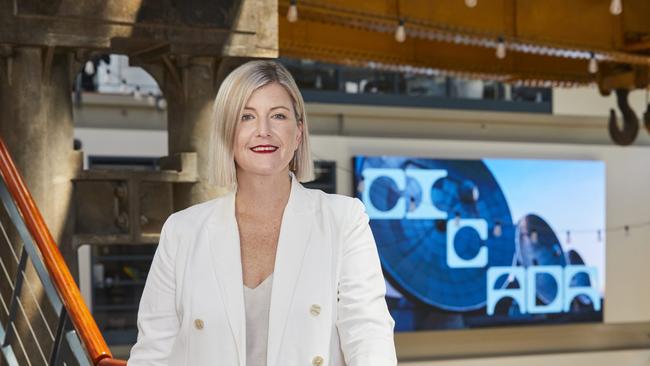
DEEP-TECH FOOD
The global population is projected to reach almost 10 billion by 2050, so the importance of ensuring food security cannot be overstated. Innovative deep-tech solutions offer approaches to enhancing agricultural productivity and sustainability. Precision agriculture, genetic engineering and lab-grown food are all examples of how technology can revolutionise food production. By also incorporating First Nations ecological knowledge, we can foster more resilient and biodiverse farming practices.
Rising stars include Rainstick, which employs electricity to mimic lightning and enhance crop growth; Azaneo, with its electric weeding technology as an alternative to using herbicides; Agscent, using breath analysis for livestock pregnancy and disease diagnosis; and Nourish Ingredients, which is developing animal-free fats for food production. These are among the companies leading a revolution in how we produce and consume food more sustainably.
MAKEOVER FOR THE CITY
As Australia’s cities swell, so does the need for sustainable urban development. The future of our cities lies in making them smarter, greener and more energy-efficient. From renewable energy integration to eco-friendly materials, Australian start-ups are transforming urban landscapes with cutting-edge technology.

Eco Shield Systems is one example, creating multifunctional shading facades that provide environmental benefits while enhancing urban design. Aquila is pushing the boundaries of how energy can be distributed by making it wireless and more accessible. Telemattica is revolutionising rail safety with automation to enhance efficiency and reduce environmental impact. Collectively, these innovations are paving the way for sustainable urban futures that are better able to blend technology, nature and human needs.
BEATING THE WASTE
The world produces an astonishing two billion tonnes of household waste annually, and Australian innovators are leading the way tackling this challenge. Within the fashion industry, bio-fabricated materials and cutting-edge recycling techniques aim to reduce waste and foster a circular economy.

Uluu is replacing plastics with a marine biodegradable polymer extracted from seaweed. Alt. is introducing a 100 per cent plant-based leather alternative. Xefco is revolutionising textile production with water-free sustainable textile manufacturing, and Newera Bio produces a full-colour spectrum of sustainable dyes. Samsara Eco, meanwhile, is creating infinite recycling in a bid to end plastic pollution. These homegrown heroes collectively are driving significant progress toward a more sustainable and eco-friendly future, and bringing us closer to economic circularity.
MEDICAL DETECTIVE WORK
As populations age and medical systems face mounting challenges, medicine is transitioning from caring for the sick to proactive healthcare. Pioneering technologies, such as precision medicine, are reshaping medical approaches by harnessing genetic and environmental information to create personalised treatment plans. The incorporation of traditional knowledge and remedies, complemented by modern medical practices, can foster a more holistic and patient-centric healthcare system.
Australia’s strength in health, including breakthroughs in transplants, IVF and cancer treatment, is well documented, but we are also seeing the rise of a new wave of innovators.
DermR Health’s painless microneedle patch promises earlier detection of skin cancers. Pending AI’s advanced technology offers the potential to accelerate drug discovery through artificial intelligence. SpeeDx’s molecular diagnostics offer rapid detection of viral and bacterial infections, including antibiotic resistance markers, and is already in the market around the world.
These are just a sample of the homegrown health innovations representing a transformative shift toward a future where healthcare is more personalised, proactive and inclusive.
RISE OF ROBOTICS
Our capability in automation, robotics and engineering, from stump-jump ploughs and mechanical sheep shears to ultrasound and pacemakers, has a long history.

Today’s innovators include Crest Robotics, which is reimagining the future with robots engineered for safety and productivity; Stralis Aircraft, which is enabling hydrogen electric flight at scale; Contactile, using tactile sensing to improve robot dexterity; and Millibeam, pioneering energy-efficient 5G wave chipsets.
More Coverage
Originally published as How these tech leaders see the future of tech




